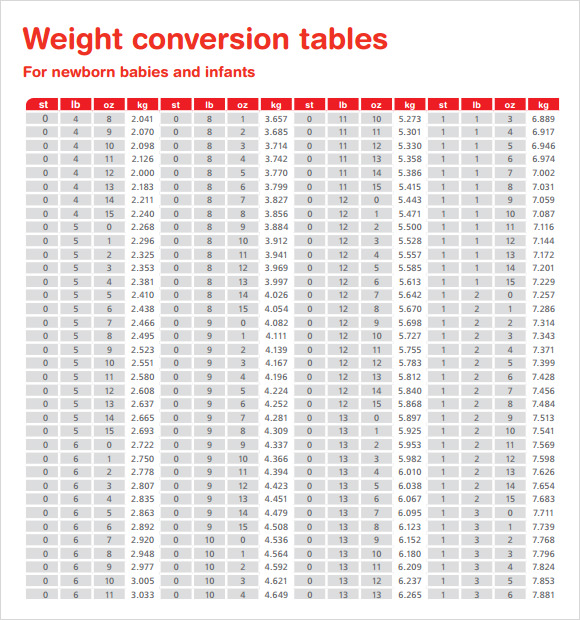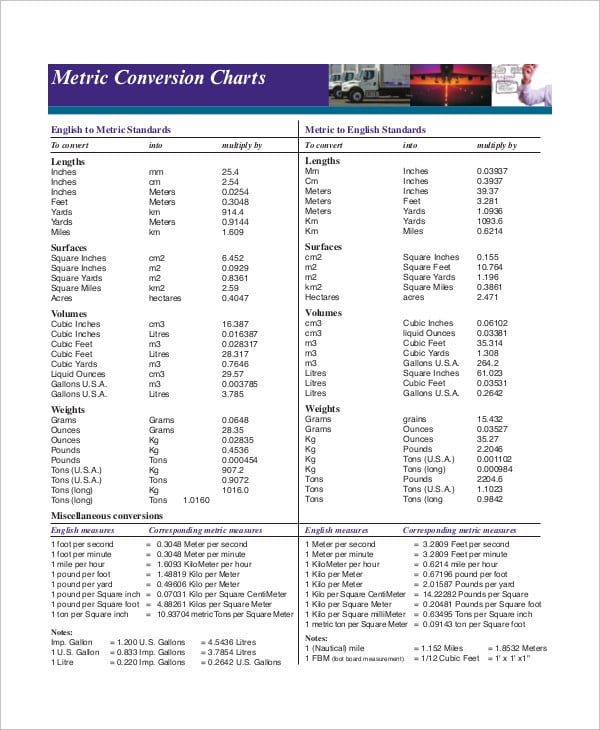

You can see more on, or on the official site of the BIPM. In 1960, on the 11 th CGPM, the system was named officially International d'Unité. Because more and more countries were interested in the French system, the Bureau International des Poids et Mesures (BIPM) was founded, nowadays: Conférence Générale des Poids et Mesures (CGPM). Only in 1875 the world was beginning to show some interest in the French development.

Multiplying of the units should go in factors of ten (decimals).All units, except the basic units, should be derived from the basis units.The units in the system should be based on invariable quantities in nature.They decided that the system should be based on the follow conditions: In 1790 the French Academy of Science got an instruction of the National Assemble to design a new standard of unit for the whole world. Nowadays it is the standard metric system. The SI is the abbreviation for Système International d'Unités. That is why scientists are holding up with the precise definition, but that is very difficult, because it is too difficult to refer on a nature constant. There is a risk that the value of the kilogram could change. It is an instable unit, because is isn't based on a nature constant. Nowadays the kilogram is a block of platinum-iridium that is kept in Sèvres, France. Later the definition was rejected, because is was not so exact. The gram was exactly one thousandth of a grave, so the new unit was kilogram, in other words: 1000 gram. This did not seem to be so practical at all and that is why they wanted go back to the grave, but with a new name. This unit is equal to one milliliter of water. That is why they have rejected the grave and introduced a new unit. The French thought that the unit was too big and thought that it could give problems with trading and daily use. The volume unit liter is derived from the unit of length. The unit supposed to be equal to one liter of water.

The mass has a strange unit, because in the unit is a prefix. You can measure the mass in kilograms with a mass balance and the weight with a weigh-beam in Newton. If you weigh a mass on the moon, it will be 6 times lighter than on earth, because there is the gravity six times smaller. On earth is the gravity is not equal everywhere, so the weight is not equal everywhere, but the mass is. The weight is proportional with the gravitation. Often the mass and weights are confused with each other. One liter water weights according the present norms 0.998 kg. Since 1901 is the kilogram a block of platinum-iridium saved in France. (1e CGPM (1889))Įarly the kilogram was defined as the mass of a cubic decimeter water. The kilogram is the unit of mass it is equal to the mass of the international prototype of the kilogram. Use this conversion program to convert units like kilogram to carat of pound or stone as alternative for a metric conversion table / chart.

This metric system conversion calculator for weights and measure can be used for converting: Separation and Concentration Purification Request.Plant Inspection & Process Optimalisation.The quarter, hundredweight, and ton equal respectively, 28 lb, 112 lb, and 2,240 lb in order for masses to be easily converted between them and stones. In the United Kingdom, 14 avoirdupois pounds equals one stone. It is still used, in varying degrees, in everyday life in the United Kingdom, Canada, and some other former British colonies, despite their official adoption of the metric system. It is the everyday system of weights used in the United States. The International Avoirdupois Pound was then created. In 1959, by international agreement, the definitions of the pound and ounce became standardized in countries which use the pound as a unit of mass. It was first commonly used in the 13th century and was updated in 1959. The avoirdupois system (/ˌævərdəˈpɔɪz/, /ævwɑːdjuːˈpwɑː/ abbreviated avdp) is a measurement system of weights which uses pounds and ounces as units. cwt(British) = British long hundredweight.


 0 kommentar(er)
0 kommentar(er)
